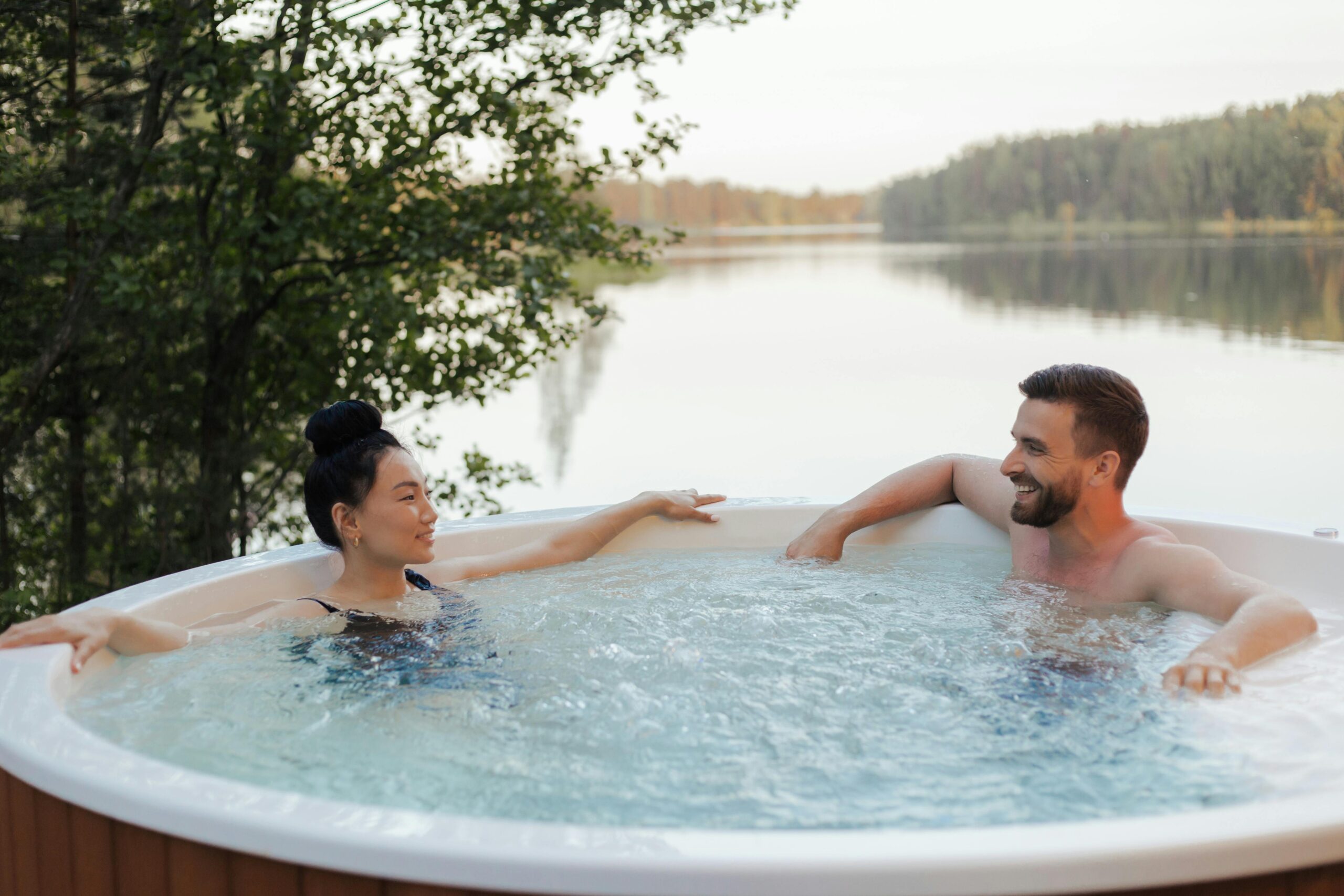Investing in a hot tub can transform your home into a personal retreat for relaxation and therapy. This comprehensive hot tub buying guide will walk you through everything you need to consider before making this significant purchase. From understanding various features and comparing costs across brands to determining the ideal placement in your backyard, this article covers essential information to help you select a hot tub that meets your needs, preferences, and budget.
Understanding Hot Tub Types and Sizes
When beginning your hot tub journey, it’s important to understand the different types available. Portable hot tubs are the most common residential option, featuring molded acrylic shells supported by wooden or synthetic cabinets. In-ground spas, while more permanent and customizable, require extensive installation work. Inflatable hot tubs offer a budget-friendly alternative but with fewer features and less durability.
Size is another crucial factor in your decision-making process. Hot tubs typically range from small two-person models measuring about 5-6 feet square to large eight-person tubs spanning 8-9 feet. Consider not only how many people will regularly use the spa but also the available space in your intended installation area. Remember that larger tubs will require more energy to heat and maintain, affecting your ongoing operational costs.
Essential Features to Consider
The jet system is arguably the most important feature of any hot tub. Quality matters more than quantity—strategically placed jets provide better hydrotherapy than dozens of poorly positioned ones. Look for adjustable jets that allow you to control water pressure and direction for a personalized massage experience.
Modern hot tubs come with various technology features that enhance convenience. These may include digital control panels, smartphone connectivity for remote operation, and programmable settings to customize your soaking experience. Water care systems also vary, with options ranging from traditional chlorine or bromine treatments to advanced salt water systems that reduce chemical usage and maintenance.
Seating configuration deserves careful consideration. Some hot tubs feature bench seating, while others offer sculpted seats with varying depths. Many high-end models include specialized therapy seats with jets targeting specific body areas. When reviewing best hot tub brands reviews, pay attention to comfort features such as headrests, armrests, and foot wells that can significantly enhance your relaxation experience.
Energy Efficiency and Operating Costs
A hot tub’s purchase price is only part of the overall investment. Operating costs, particularly energy consumption, should factor prominently in your hot tub buying guide cost comparison. Energy-efficient models may cost more initially but can save thousands over the tub’s lifetime. Look for models with full-foam insulation, high-quality covers, and energy-efficient pumps and heaters.
The climate in your region will affect energy consumption. Colder regions require more energy to maintain water temperature, making insulation even more crucial. Most modern hot tubs use between 1,500 and 7,500 kilowatt-hours annually, translating to approximately $25-$125 monthly in energy costs depending on your local utility rates and usage patterns.
Price Ranges and Brand Considerations
Hot tub prices vary dramatically based on size, features, and quality. Entry-level models typically range from $3,000 to $5,000, mid-range options from $5,000 to $10,000, and premium spas from $10,000 to $20,000 or more. When conducting a hot tub buying guide cost comparison, remember that price often correlates with durability, feature set, and warranty coverage.
Brand reputation matters significantly in this industry. Established manufacturers like Jacuzzi, Hot Spring, Bullfrog, and Sundance consistently receive positive reviews for reliability and customer service. As recommended by experts at AskHomey, researching specific model reviews rather than just brand reputation can provide valuable insights into real-world performance and potential issues.
Installation Requirements and Spa Placement Ideas
Proper installation is critical for hot tub enjoyment and longevity. Most hot tubs require a flat, level surface capable of supporting 100-150 pounds per square foot. Common foundation options include concrete pads, reinforced decks, or specialized spa pads. Electrical requirements typically include a dedicated 220V circuit installed by a licensed electrician, adding $500-$1,000 to your setup costs.
When exploring spa placement ideas for your backyard, consider both practical factors and aesthetics. Privacy, convenience, and view are primary considerations. Many homeowners place hot tubs on patios or decks for easy access from the house. Others create dedicated spa areas with landscaping, pergolas, or gazebos for enhanced ambiance and privacy. Always ensure sufficient clearance around the tub for maintenance access and cover removal.
The proximity to water and electrical sources affects installation complexity and cost. Additionally, check local building codes and homeowners association regulations, as many areas have specific requirements for hot tub installation, including safety features like locking covers and fencing.
For more tips and to connect with reliable home service professionals, follow AskHomey on Facebook and Instagram.



